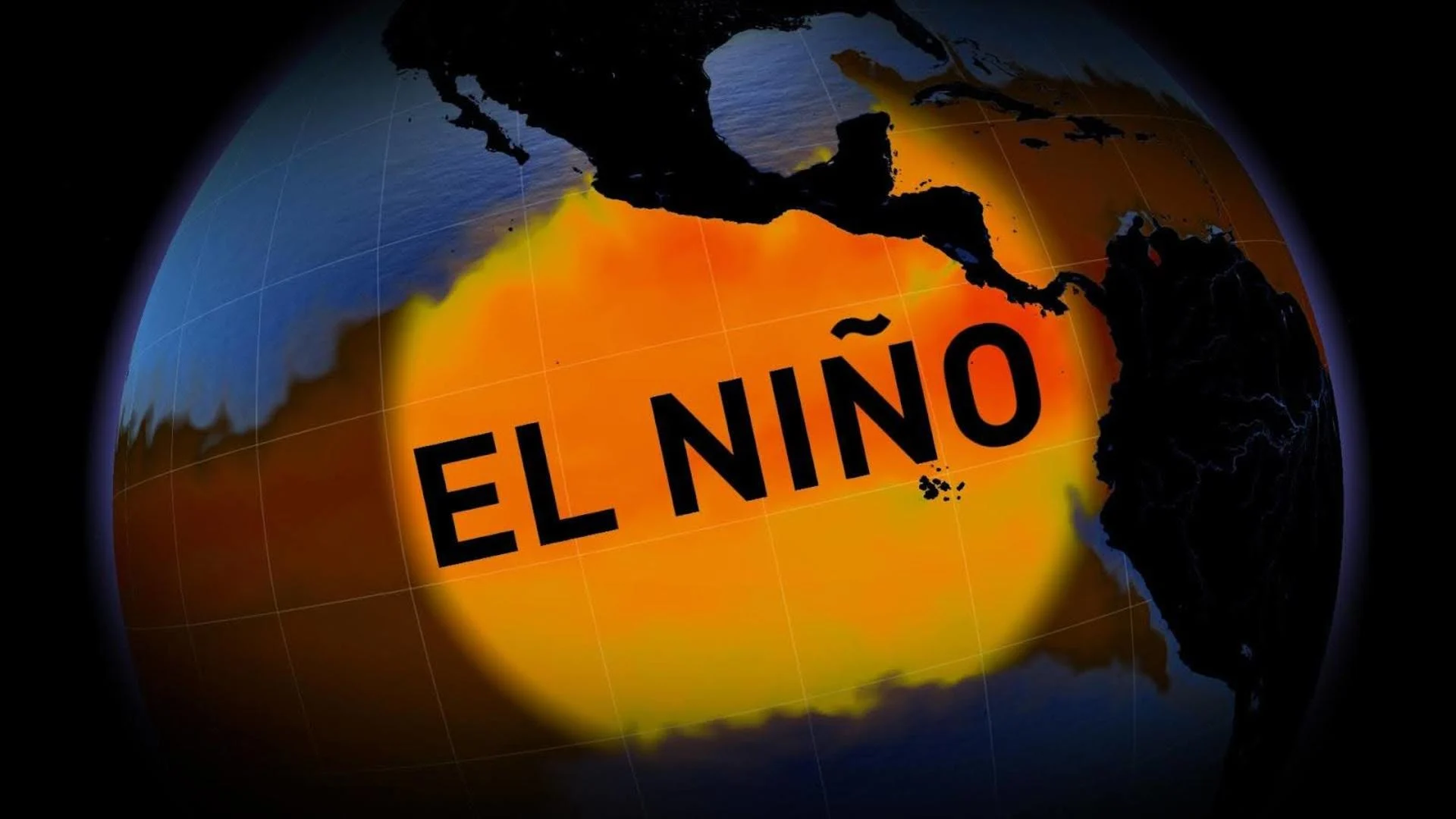
Historic El Niño has weakened, but its impacts hang on
Month after month of record-breaking temperatures since June 2023 has been partly due to a powerful, but now weakened El Niño, which could stick around with its global impacts until May
The world is still reeling from the effects of a potent El Niño, but the good news is that the historic 2023-24 weather phenomenon has peaked and weakened.
With the current El Niño having reached and moved beyond its crest, the World Meteorological Organization (WMO) provided an update earlier this month on when to expect it to disappear completely.
Considered to be one of the five strongest El Niños on record, the historic 2023-24 event has a 60 per cent chance of lingering from March to May, according to the WMO. Beyond, there is a 80 per cent chance of neutral conditions (neither El Niño or La Niña) taking shape from April to June.
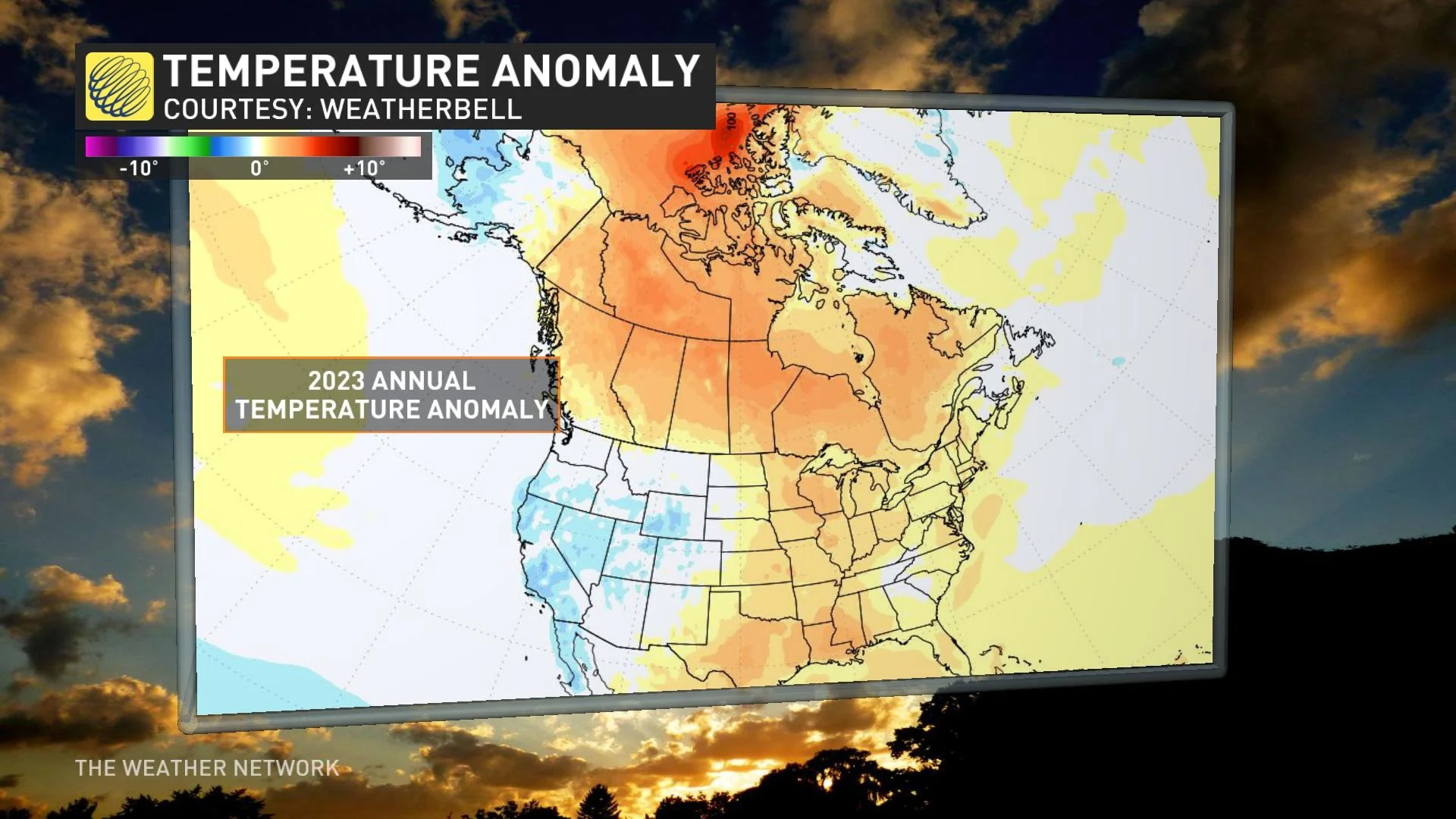
SPRING 2024: Get an in-depth look at the Spring Forecast, tips to plan for it, and much more!
According to WMO Secretary-General Celeste Saulo, every month since June 2023 has established a new, monthly temperature record, and last year was the warmest on record, by far.
"El Niño has contributed to these record temperatures, but heat-trapping greenhouse gases are unequivocally the main culprit,” said Saulo, in the news release.
The secretary-general of the WMO said that ocean surface temperatures in the equatorial Pacific are a clear indication of El Niño, but admitted that it alone can't explain the persistent and unusually high sea surface temperatures in other parts of the world for the past 10 months.
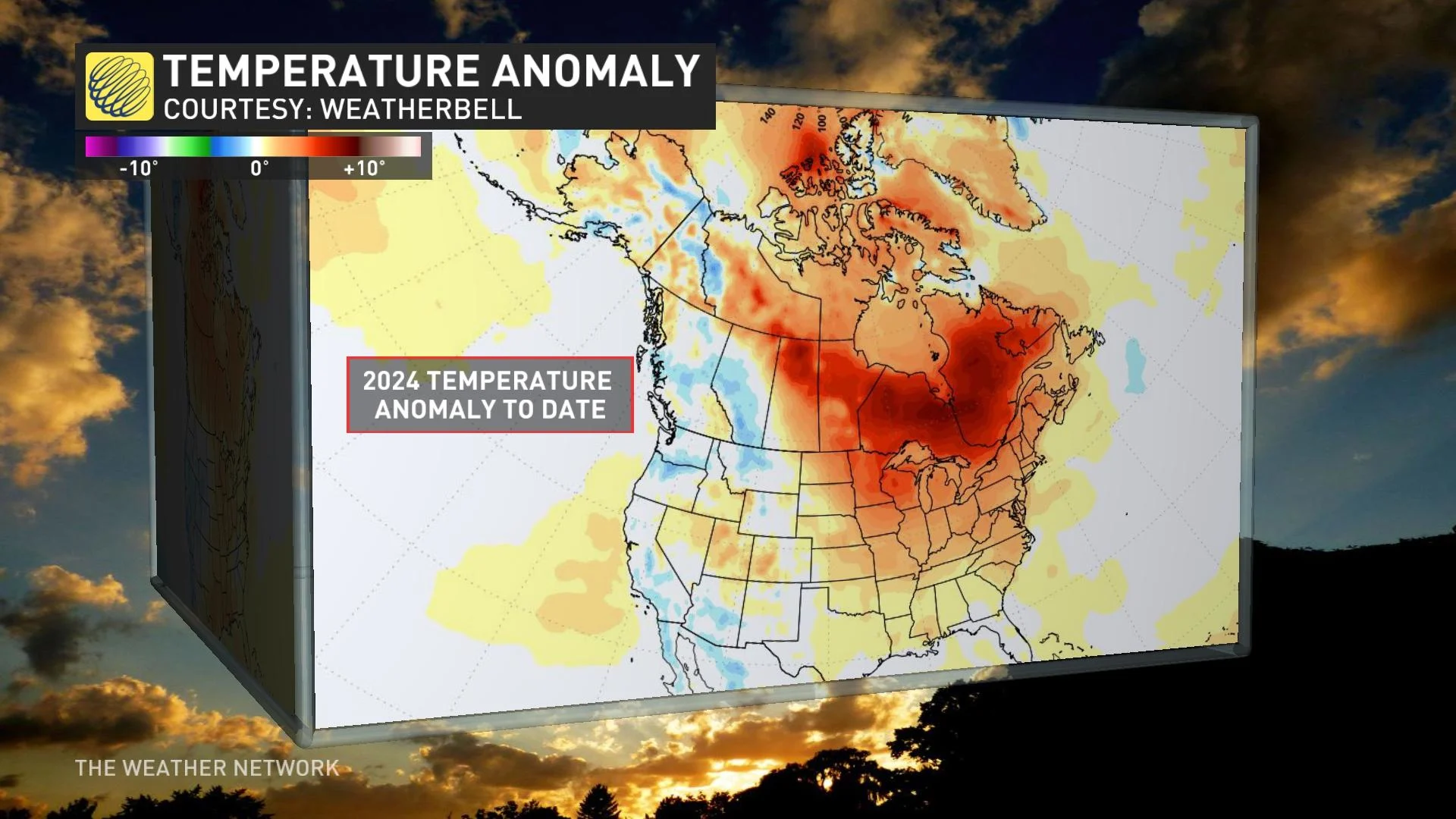
"The January 2024 sea-surface temperature was, by far, the highest on record for January. This is worrying and can not be explained by El Niño alone,” said Saulo.
RELATED: Canada's just recorded it's warmest winter on record
Above-normal temperatures to continue, regional rainfall patterns will be affected
Even though the current El Niño is losing strength, it will continue to impact the global climate in the coming months, WMO said, powering the heat trapped by greenhouse gases from human activities.
From March to May, above-normal temperatures are projected across nearly all land areas, thanks to the lingering, weaker El Niño and the predicted fevered sea surface temperatures seen in much of the global oceans.
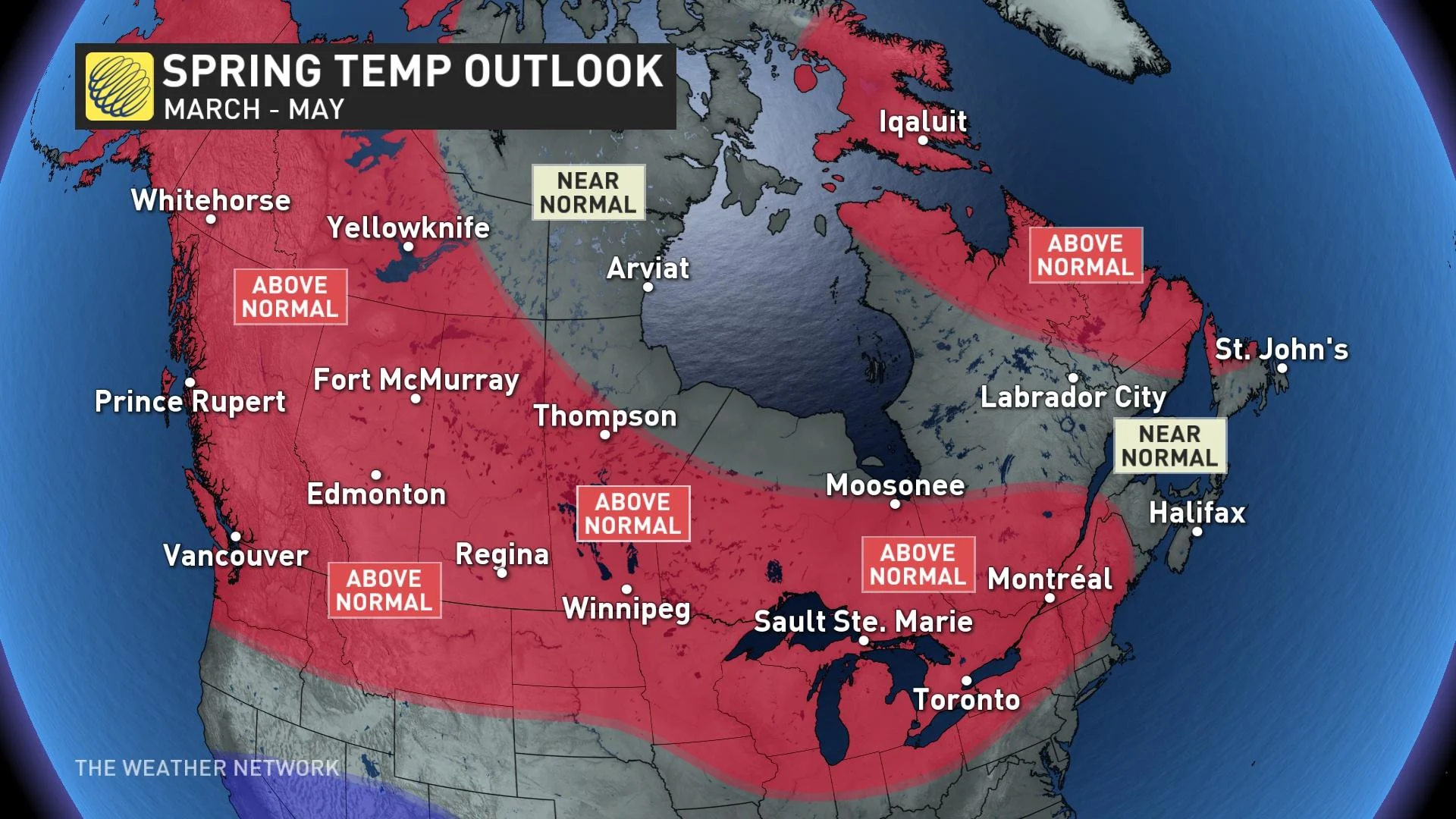
Coming to fruition in June 2023, the current El Niño was its strongest between November 2023 and January 2024. It featured a peak value of about 2.0°C above the 1991-2020 average sea surface temperature for the eastern and central tropical Pacific Ocean, the WMO said.
It was potent enough to make it one of the five strongest El Nino events ever, but deemed to be still weaker than the 1997-98 and 2015-16 events.
As well, the event will influence regional rainfall patterns, according to WMO's Global Seasonal Climate Update that accompanied the March El Niño briefing.
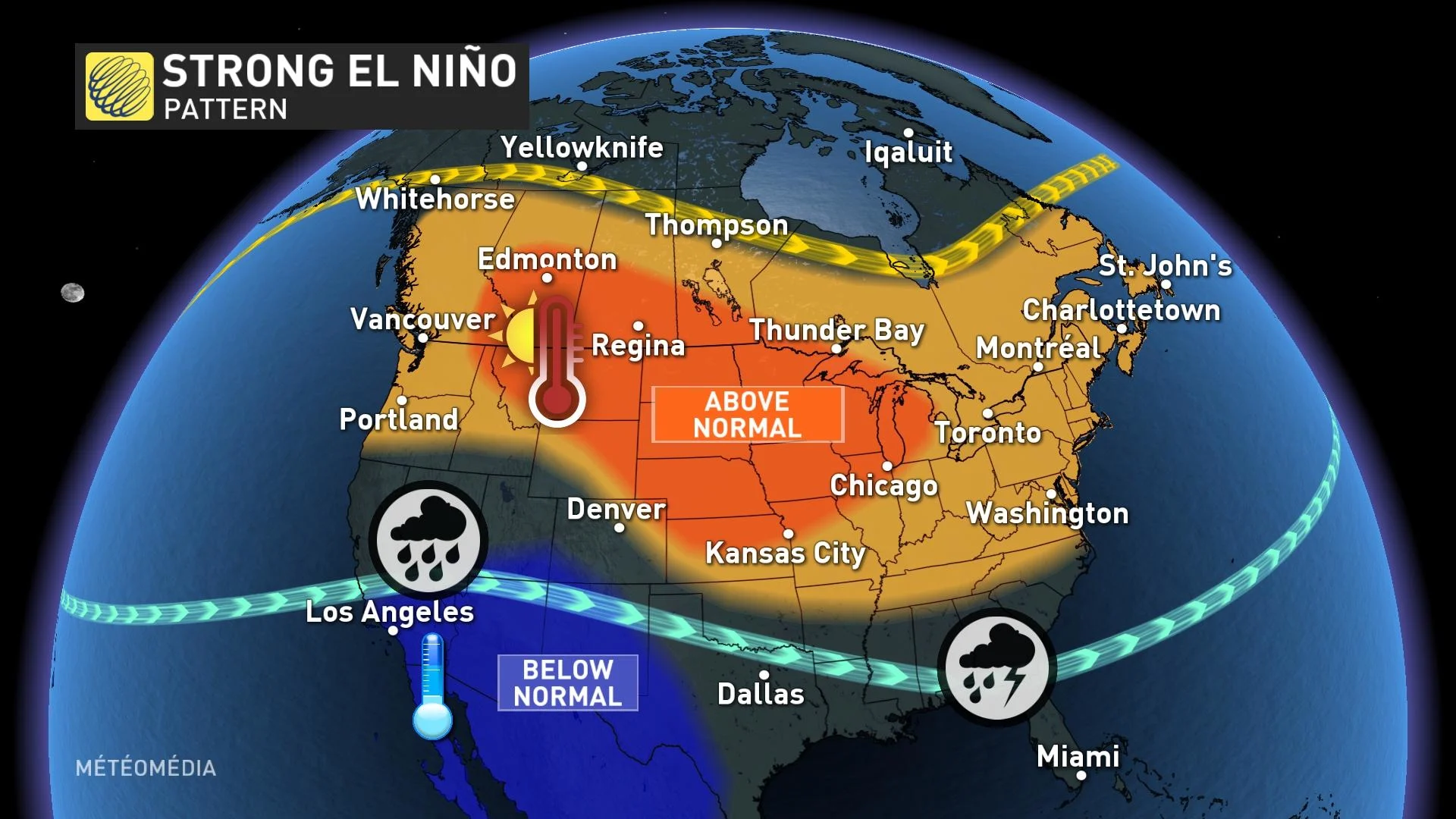
The global organization also mentioned the possibility of La Niña developing later this year, but the current odds are uncertain.
Follow Nathan Howes on the X platform, formerly known as Twitter.
